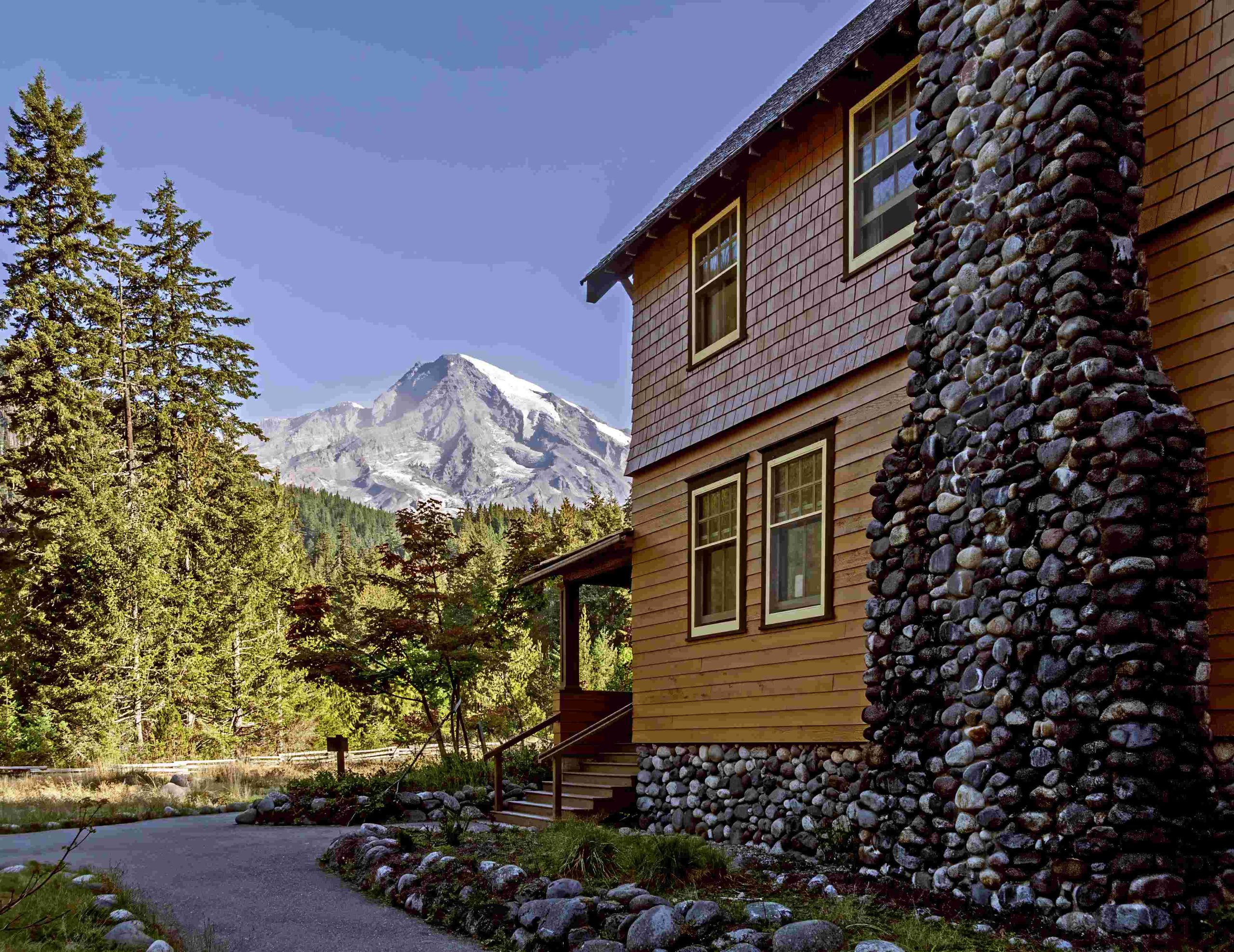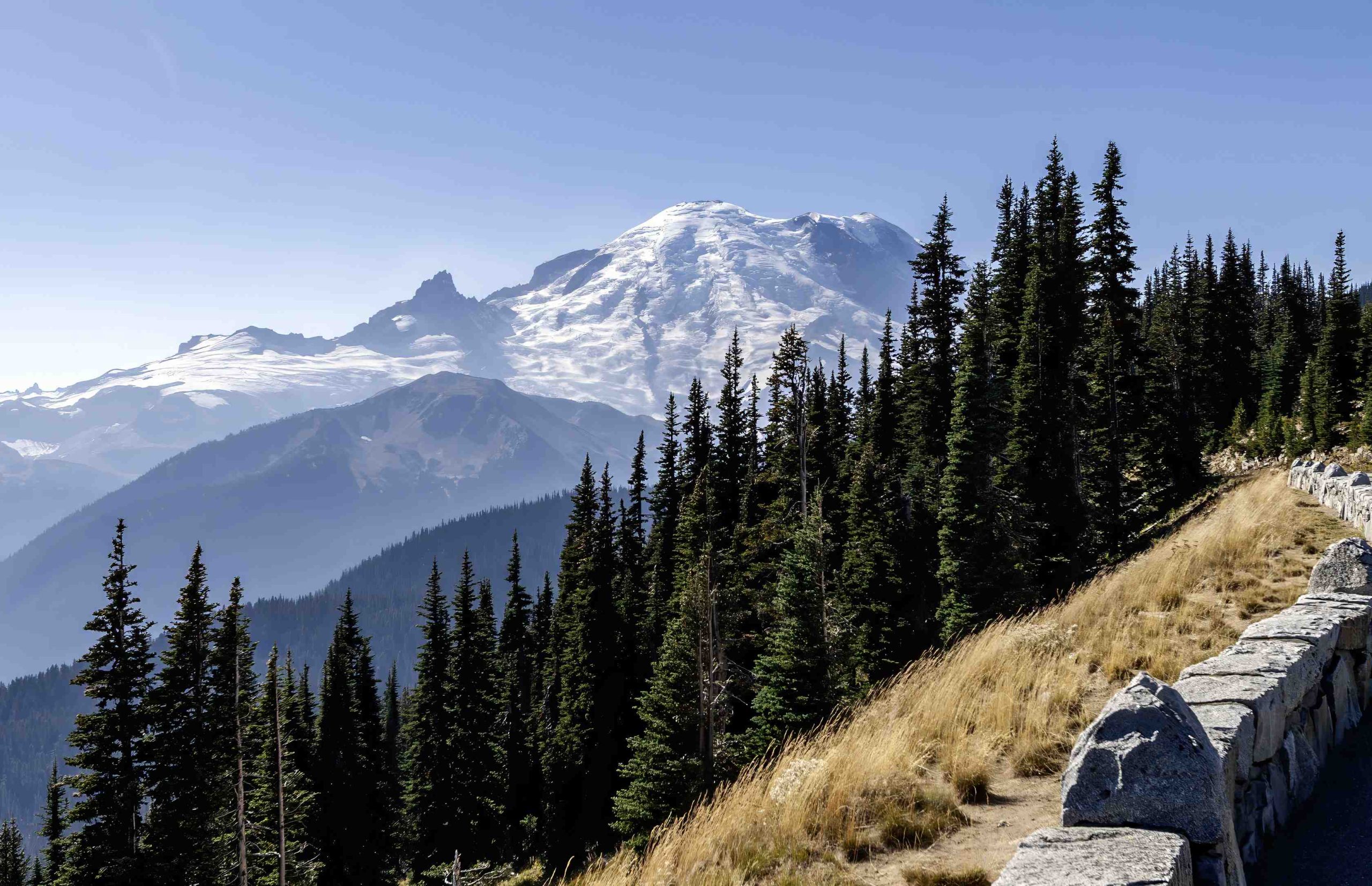The Mount Rainier standard summit route, also known as the Disappointment Cleaver route, is the most popular path to the summit of Mount Rainier. This route begins at Paradise (5,400 feet) and ascends approximately 9,000 feet to the summit at 14,411 feet. It involves glacier travel, crevasse navigation, and steep snow and ice climbing. Climbers must be well-prepared with proper gear, permits, and mountaineering skills to tackle this challenging route.
What Are the Requirements for Climbing Mount Rainier?

Before embarking on the Mount Rainier standard summit route, climbers must fulfill several requirements:
- Climbing Cost Recovery Fee: An annual fee of $65 per person (as of 2023).
- Climbing Permit: Required for each climbing party.
- Wilderness Permit: Necessary even for single-push climbs.
- Group Size: Minimum of two people per climbing party.
- Age Requirement: Climbers must be 18 years or older, or have written guardian permission.
How to Obtain the Necessary Permits?

To secure the required permits for the Mount Rainier standard summit route:
- Pay the Climbing Cost Recovery Fee online through Pay.gov.
- Reserve a Climbing Permit:
- 65% available in advance through Recreation.gov
- 33% available on a first-come, first-served basis
- Obtain a Wilderness Permit:
- $6 for walk-up registrations
- $26 for advanced registrations
- Pick up permits in person at a ranger station
What Are the Key Features of the Disappointment Cleaver Route?
The Disappointment Cleaver route offers several distinctive features:
- Elevation Gain: Approximately 9,000 feet
- Glaciers: Nisqually, Wilson, and Ingraham
- Technical Challenges: Crevasse navigation and steep snow/ice climbing
- Notable Waypoints:
- Paradise Parking Lot (5,400 ft)
- Camp Muir (10,000 ft)
- Ingraham Flats (11,000 ft)
- Disappointment Cleaver (12,300 ft)
- Summit Crater (14,411 ft)
What Essential Gear Is Required for the Summit?
Climbers on the Mount Rainier standard summit route should carry:
| Category | Essential Items |
|---|---|
| Climbing Gear | Crampons, Ice Axes, Harness, Helmet, Rope, Anchors |
| Clothing | Base layers, Mid-layers, Outer layers, Insulating layers, Gloves, Gaiters |
| Footwear | Insulated, crampon-compatible mountaineering boots |
| Safety Equipment | First Aid Kit, Emergency Shelter, Bivvy Sack |
| Navigation Tools | GPS device, Map, Compass, Altimeter |
| Other | Headlamp, Extra Batteries, Food, Water, Water Filter |
How Do Weather Conditions Affect the Climb?
Weather on the Mount Rainier standard summit route can be unpredictable:
- Temperature Range: -20°F to 30°F (-29°C to -1°C) at the summit
- Precipitation: Snow, rain, and sleet are common
- Wind: High wind speeds, especially at higher elevations
Climbers must be prepared for rapidly changing conditions and adjust their plans accordingly.
What Navigation Skills Are Necessary?
To successfully navigate the Mount Rainier standard summit route:
- Proficiency in using GPS devices, maps, and compasses
- Understanding of crevasse rescue techniques
- Ability to read glacier features and identify safe passage
- Knowledge of route-finding in whiteout conditions
How Long Does the Climb Typically Take?
The duration of the Mount Rainier standard summit route climb varies:
- Two-Day Climb: Most common approach
- Day 1: Hike to Camp Muir
- Day 2: Summit attempt and return to Paradise
- Single-Push Climb: 12-16 hours round trip for experienced climbers
- Three-Day Climb: Allows for acclimatization and better summit chances
What Are the Best Times to Attempt the Summit?
Optimal climbing conditions on the Mount Rainier standard summit route occur:
- Peak Season: Mid-May to mid-September
- Best Weather: July and August
- Summit Window: Usually between midnight and sunrise to avoid afternoon storms
How to Prepare Physically for the Climb?
Preparing for the Mount Rainier standard summit route requires:
- Cardiovascular endurance training (running, cycling, swimming)
- Strength training, focusing on legs and core
- Practice hikes with a weighted pack
- Altitude acclimatization, if possible
- Technical skills practice (ice axe use, crampon techniques)
By thoroughly preparing and understanding the challenges of the Mount Rainier standard summit route, climbers can increase their chances of a successful and safe ascent to one of North America’s most iconic peaks.
